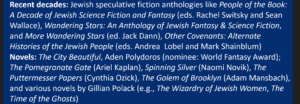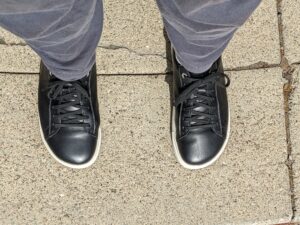Part of the annual report into antisemitism in Australia was released last week. Also last week (just before I left Melbourne to come home, in fact) a synagogue was firebombed. Thankfully there were no casualties in the attack. But..
I am now facing the deluge of comments one gets after the news was released. So many of those talking about the attack believe it is by “Zionist Jews.” I want to stand up and shout that every single one of these people is a bigot. They’re using the fourth definition to “Zionist” to replace most of the poison inherent in the words they’re using to replace “Zionist”, such as “Jews.” This definition reflects the emotion and hate in the mind of the user. It does not reflect Australian Jews at all. Take my siblings: some support Israel, some don’t, some are quiet on the subject because they believe it’s not anyone else’s business. And one of us (not me) is Ultra-Orthodox and has links to the burned synagogue. None of us have any wish to burn down any synagogue, much less one filled people books we love and people who know members of our family.
I saw walls of Talmud charred to black and it reminded me of the times when (in Europe) supersession saw Jews expelled from their homeland of hundreds (possibly up to 1400) years, and in other places saw cartloads and cartloads and cartloads and cartloads of Talmuds burned. Those burnings were to make certain that Jewish culture and religion was frozen at the time of Jesus, because that was the only relationship with Jews that these particular Christians could handle. Note I said “these particular Christians.” Most contemporary Christians and contemporary Muslims do not condone barbaric acts. They are not the people crying that all Jews need to be deported from Australia, to make way for a return of the old White Australia.
The ‘old White Australia’ is a fiction. “White Australia” is complex but has very little in common with what those shouting think. I want to sit down and teach them some history. Literally, in terms of people, before Europeans came it was not White at all, and when the First Fleet arrived… there were Jewish convicts on it. The members of the public shouting about Australian Jews not being White and not being wanted here has returned, but I’m still told I have White privilege. Most of those telling me I have White privilege and should be deported came from families who arrived here after my own. And the shouts are louder right now.
I can give you the old and new definitions of Zionism if definitions can help you deal. I can also give you a photograph. The photograph is more, fun, so I’ll only give you the definitions if you want them (just ask!).
Why the photograph? The Myer Christmas windows are a feature of the Melbourne landscape at this time of year. This year, the pro-Palestinians marchers (some of them are the same people who want me deported and blame Jews for everything that hurts) protested against them. We all looked for reasons. Maybe it was because Myer was founded by someone Jewish… except Sidney Myer converted to Christianity. Maybe they hate all people who have Jewish ancestry? That’s the purity of blood notion, used to hurt those who could not shake off their Jewishness enough in Early Modern Spain and Spanish territories. If you’re not familiar with this long moment in the history of the Spains, look up ‘Torquemada.’ Jewish ownership of business? Myer is not owned by Jews. This means that either the Christmas windows themselves are deeply offensive (and aimed at children, therefore problematic) or those protesting them are idiots. I’ll let you decide:
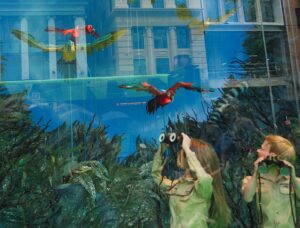
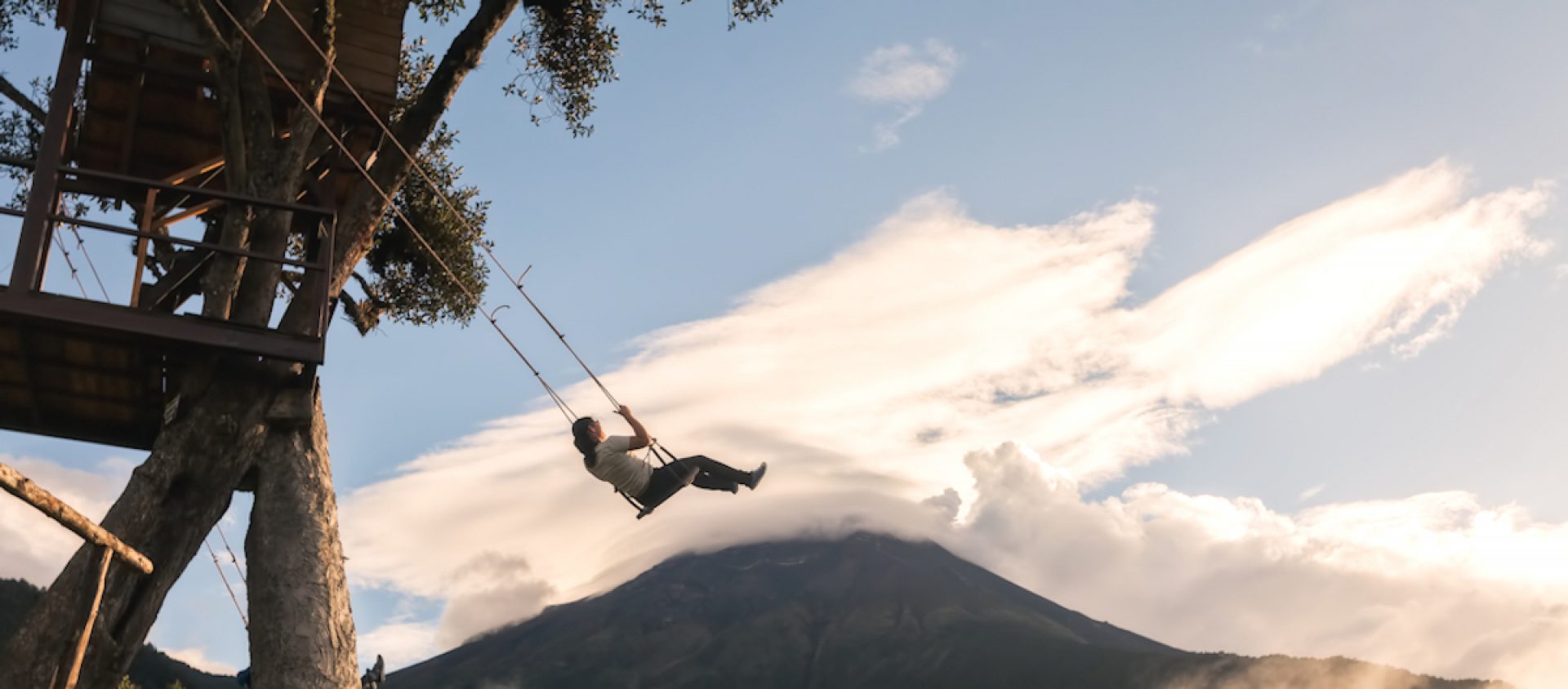
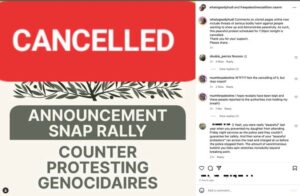
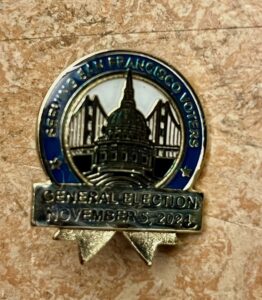 In an pre-emptive attempt to keep myself busy on Election Day, I volunteered as a poll worker. 10/10 would totally do again. It was not only a way to keep myself from doom scrolling all day yesterday, but I met some good neighbors, and spent the day supporting, in a tiny small way, Democracy. As I write this (on Tuesday night before falling into bed–I reported to the Poll for setup at 6am, and got home at about 9:30) I know nothing much about how the election went.
In an pre-emptive attempt to keep myself busy on Election Day, I volunteered as a poll worker. 10/10 would totally do again. It was not only a way to keep myself from doom scrolling all day yesterday, but I met some good neighbors, and spent the day supporting, in a tiny small way, Democracy. As I write this (on Tuesday night before falling into bed–I reported to the Poll for setup at 6am, and got home at about 9:30) I know nothing much about how the election went.